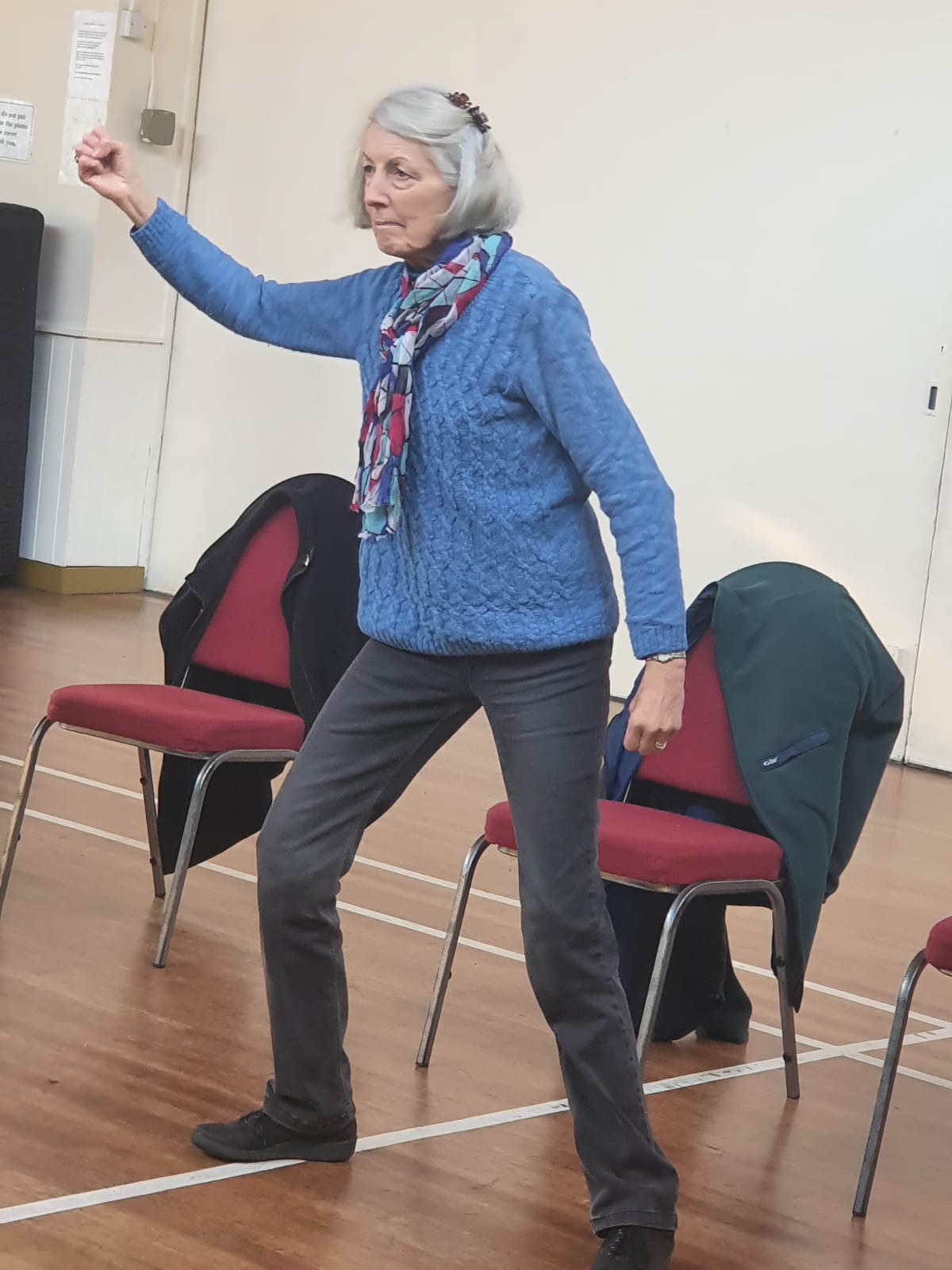How does exercise help Parkinson’s
Not only is it important to stay as physically active as possible with Parkinson’s in order to delay progress, relieve or even reverse symptoms, but studies have shown that exercise is helpful in reducing the risk of getting Parkinson’s Disease.
Pre-clinical work demonstrates that exercise has protective effects on brain cells. It boosts trophic factors, which are like “fertiliser” for brain cells and increases the number and activity of mitochondria, the cells’ energy sources. Physical activity can stimulate the release of dopamine (Dopamine is the brain chemical responsible for normal movement that decreases in Parkinson’s.), norepinephrine and serotonin. These brain chemicals play an important part in regulating mood. It also helps you use the dopamine your brain already has, more efficiently.
Starting an exercise that is safe for you, one that you enjoy and that can push you as much as possible is likely to have the best effects on you. You should always try to vary your exercise as much as possible and try to engage in some physical activity each day, no matter how small.
For people with Parkinson’s research has shown that exercise is particularly important to help maintain balance, strengthen your muscles, and increase your mobility. There are a wide range of exercises, covered in our specialist classes that can help to improve many of the problematic motor symptoms of Parkinson’s such as flexibility, mind-body coordination, posture, bradykinesia, fine motor symptoms and more. Exercise can also improve other symptoms of Parkinson’s that are not seen such as anxiety and depression and constipation.
